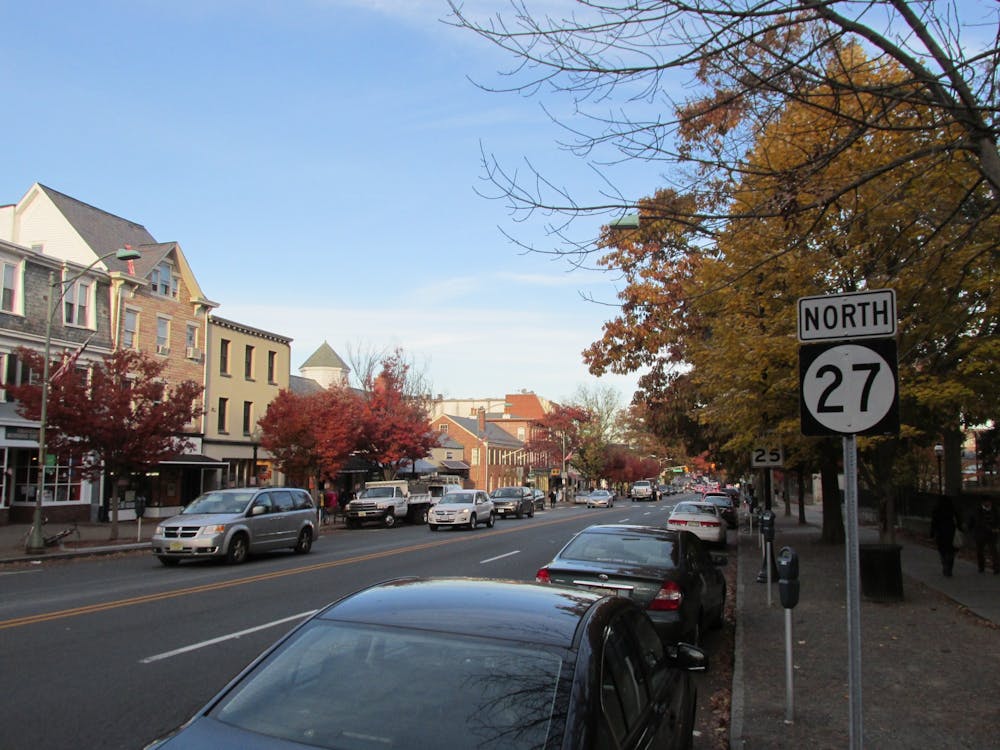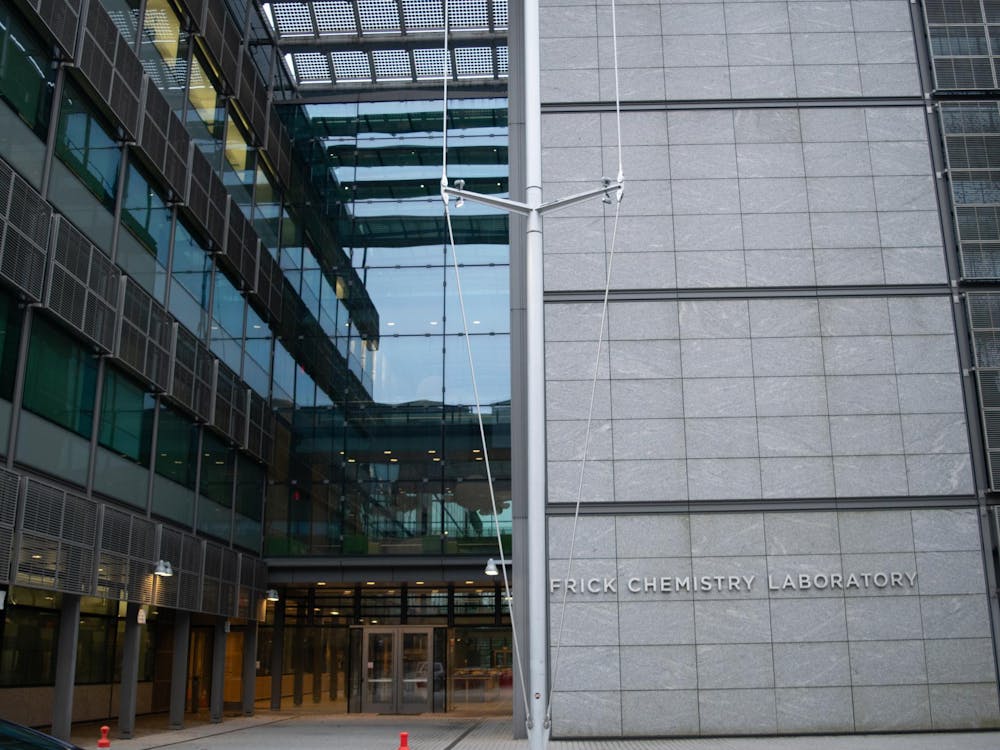Walking through downtown Princeton, Nassau Street — lined with shops like Hermès, Barbour, and the long-standing Hamilton Jewelers — can often feel out of reach for those on a budget. But compared to 1993, when business owners first tried to make the street more accessible to students, there have been noticeable changes that reveal how Nassau Street has evolved alongside campus life in its attempt to meet student needs.
On Sept. 23, 1993, The Daily Princetonian reported that Nassau Street’s line of jewelry shops and high-end boutiques long reinforced what merchants like Ray Wadsworth, owner of the Flower Market, called an “invisible fence” separating students from local businesses. However, in response to low profit margins, businesses in Princeton looked to appeal more directly to students.
“With recessions still hitting New Jersey and Route 1 shopping malls continuing to bite into Nassau Street’s revenues, it has become increasingly difficult to turn a profit in this town … merchants appear to be rediscovering the budget-minded student market,” the piece noted.
At the time, shop owners saw students not just as part of the town’s atmosphere but as a potential lifeline for sustaining local business in the face of competition from Route 1 and online commerce. Many stores adapted by making themselves more student-friendly: adjusting hours, pricing, and offerings. The opening of institutions like the now-beloved Small World Coffee highlighted how new businesses directly catered to student demand and reshaped Princeton’s commercial culture.
Three decades later, Nassau Street still blends luxury with tradition. Boutique shops sit alongside student favorites like Hoagie Haven and Olives, while ice cream parlors and coffee houses continue to multiply. Small World Coffee has since grown into a cornerstone of Nassau life, always bustling with students.
Affordability, though, remains a sticking point. The “invisible fence” Wadsworth described in 1993 may be less visible now, but many students still turn to Amazon or Instacart for essentials rather than shopping locally. Nassau Street remains a place to grab a meal, coffee, or a sweatshirt, but with a noticeable absence of a grocery store, it’s not always where students go for everyday needs.
While the names on storefronts have changed over the years, new initiatives are encouraging students to spend more time on Nassau. In 2022, The Daily Princetonian reported on the introduction of the Paw Points program, which gives students on a meal plan $150 per semester to use at select local businesses. Stephen Daniels ’24, the USG Community Dining Task Force Chair during the implementation of Paw Points, told the ‘Prince’ he hoped this program will improve access to activities like bonding with friends over food and meeting professors for coffee, as “eating meals together is a huge part of building relationships at Princeton.”
Since its launch, Paw Points have become a popular option for students looking to try new restaurants and cafes beyond campus dining halls. By partnering with local businesses, the program not only broadens students’ dining options, but also strengthens ties between the University and the wider community.

“The stores in town are very student-friendly financially. Like many other students, Sunday morning coffee trips have become a routine of mine. I like to start the morning with a coffee from illy before spending the rest of the day studying in Firestone. Both illy and Rojo’s offer student discounts, and the baristas always give them with such enthusiasm. It feels like they’re really rooting for us as students,” Ella Miner ’28 said.
For students like Miner, the sight of Paw Point stickers in shop windows and cheerfully applied discounts suggests that Nassau Street isn’t just a backdrop to college life, but an extension of it — blurring the line between Nassau Hall and Nassau Street in ways that feel a little more hopeful than they did 30 years ago.
Olivia Perry is a contributing Archivist.
Please send corrections to corrections[at]princeton.edu.









